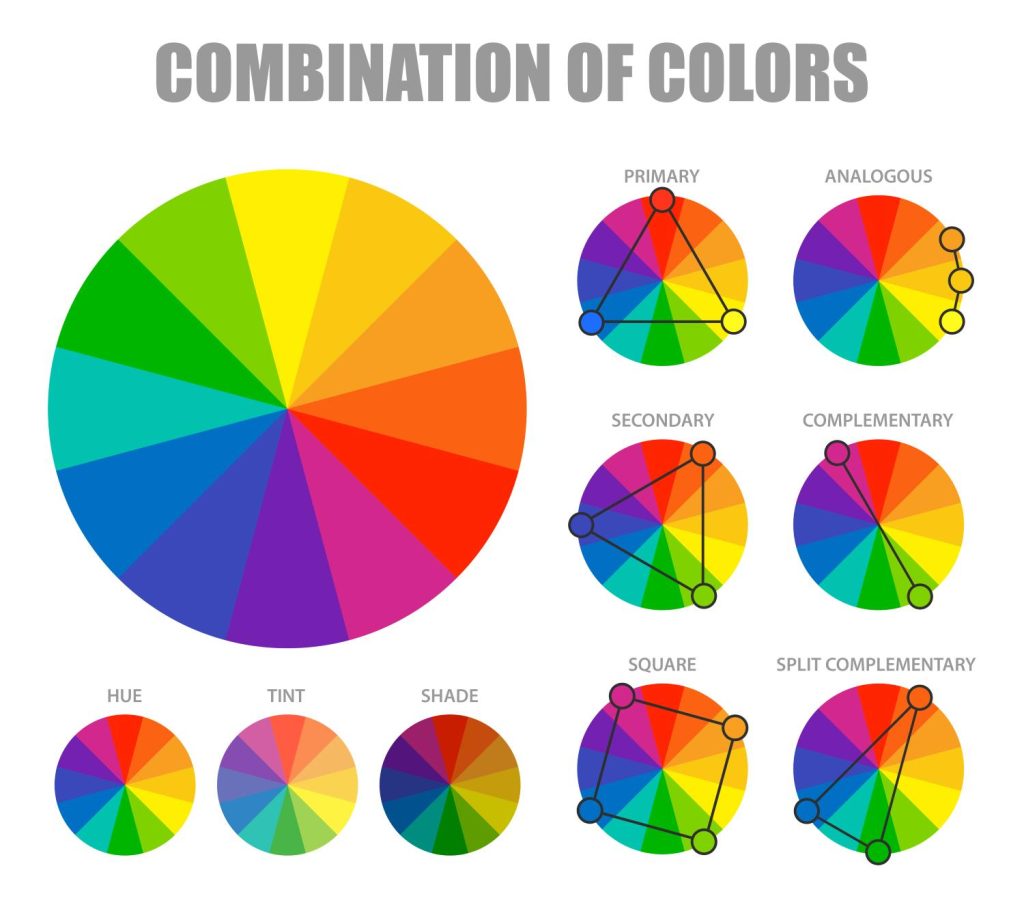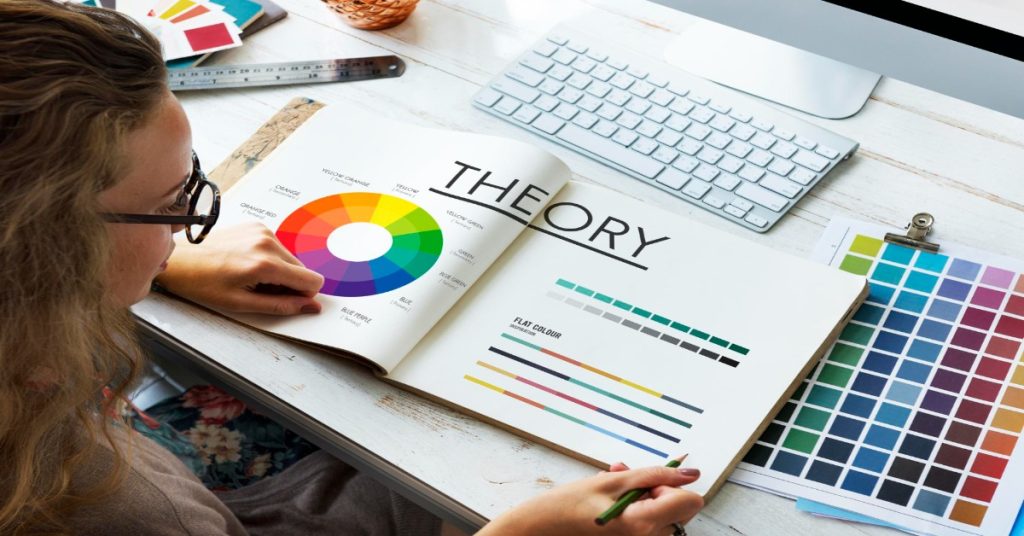Why Color Theory Is Important in Video Editing?
TL; DR
Color theory plays a critical role in video editing by shaping mood, guiding viewer focus, and enhancing storytelling. It influences everything from color grading and lighting to set design and branding. Understanding how color works emotionally and visually allows editors to create more immersive, impactful videos.
Table of contents
- Introduction
- What Is Color Theory?
- Why Color Theory Matters in Video Editing?
- Practical Applications of Color Theory in Video Editing
- Conclusion
- Frequently Asked Questions (FAQs) Related to Color Theory
Introduction
Color is one of the most powerful yet underestimated tools in a video editor’s toolkit. It is a visual language that communicates mood, emotion, and story on a subconscious level. When used intentionally, color can elevate a scene from good to unforgettable.
Behind every emotionally resonant video lies thoughtful color design depending on how it’s edited, graded, and presented to the viewer. And that’s where color theory becomes essential.
What Is Color Theory?
Color theory refers to the science and art of using color effectively. It encompasses principles from psychology, design, and optics to help creators make informed decisions about color use.
At its core, it involves:
- The color wheel
- Color harmonies (complementary, analogous, triadic, etc.)
- Emotional responses tied to different hues
- Contrast and balance in visuals
Understanding color theory helps editors create visual harmony, emphasize story elements, and emotionally engage audiences.
Why Color Theory Matters in Video Editing?
Video editing is not only just cutting footage. It’s about building an immersive visual experience. Color plays a key role in:
- Setting tone and mood: Warm tones evoke energy or passion, while cool tones suggest calm or sadness.
- Guiding attention: Strategic color use can draw focus to important parts of a scene.
- Establishing visual coherence: A consistent color palette improves professionalism and strengthens brand identity.
- Reinforcing storytelling: Color can symbolize change, conflict, emotion, or theme.
Practical Applications of Color Theory in Video Editing
Use Complementary Colors
Colors opposite each other on the color wheel create strong contrast and visual impact. They’re often used in films to make subjects stand out from their backgrounds.
Example: Action movies often use blue shadows and orange highlights to create cinematic tension.

Experiment with Color Grading
In post-production, color grading adjusts hues, tones, and saturation to match the emotional intent of a scene.
- A desaturated look can convey realism or drama.
- High saturation might suggest joy or energy.
- Cooler tones = mystery or sadness.
- Warmer tones = intimacy or excitement.
Maintain Color Consistency
A consistent palette across scenes maintains flow and polish. This is especially important in brand storytelling, commercials and documentaries.
Tip: Use LUTs (Look-Up Tables) to apply a uniform color grade throughout your project.
Use Color to Guide the Viewer’s Eye
Use contrast to make important subjects pop. This helps:
- Improve visual hierarchy
- Direct attention without words
- Emphasize critical story beats
Example: A character in a red hoodie in an otherwise muted-toned scene will automatically become the focal point.
Apply Color Psychology
Color affects viewers emotionally. Each color evokes a different emotion in viewers. Use color psychology to reinforce what the viewer should feel in each scene.
| Color | Emotion/Association |
| Red | Passion, urgency, danger |
| Blue | Trust, calm, professionalism |
| Yellow | Happiness, energy, alertness |
| Green | Growth, peace, balance |
| Purple | Creativity, luxury, mystery |
Stay Updated with Trends
Modern content must feel fresh and current. Keeping up with design and color trends helps your videos resonate with contemporary audiences.
Tip: Follow motion design blogs, color palette generators, and visual trend reports from Adobe, Pantone, or Behance.
Conclusion
Color theory is not only for painters or designers, but it is also a critical asset for video editors. By understanding how colors work together and how they affect viewers, editors can shape the emotional landscape of a video just as much as the script or soundtrack.
In short: mastering color theory allows you to edit with intention, not just instinct.

Frequently Asked Questions (FAQs) Related to Color Theory
Q1: Who invented color theory?
The foundations of color theory can be traced back to Sir Isaac Newton, who in the 1660s discovered the color spectrum by passing light through a prism. He was the first to organize colors in a circular diagram, called the color wheel and laying down the groundwork for modern color theory.
Q2: What is the 80-20-10 color rule and how can you apply this in video editing?
This rule suggests using 80% dominant color, 20% secondary, and 10% accent. In video editing, you can use the dominant color to establish the overall tone of the scene and then apply the secondary color to add contrast or depth.
Use can use the accent color strategically to highlight important elements and guide the viewer’s eye to create emotional emphasis. This rule ensures visual harmony and keeps the frame from feeling chaotic or unbalanced.
Q3: Who named the colors?
Color names have evolved over centuries, originating from ancient languages and natural references. The earliest color terms date back to ancient Egypt, Greece, and China, where colors were named based on elements in nature like fire, sky, plants, and minerals.
There’s no single person who “named” the colors, but many early names were formalized in written texts and scientific literature by naturalists, linguists, and artists.
Q4: What is the rule of color theory?
The “rule” of color theory refers to a set of principles and guidelines that explain how colors interact and how to use them effectively. These include the following-
- The color wheel: Understanding primary, secondary, and tertiary colors.
- Color harmony: Using combinations like complementary, analogous & triadic colors.
- Color contrast: Creating separation and visual interest between elements.
- Temperature of the Color: Warm vs. cool tones and their psychological effects.
- Color psychology: How colors evoke emotions and influence perception.
Read More
The Basics of Color Grading in Video Production
Use these 10 Color Grading Techniques to Improve Your Corporate Videos
The Hidden Gems: AI Tools for Corporate Video Creators


